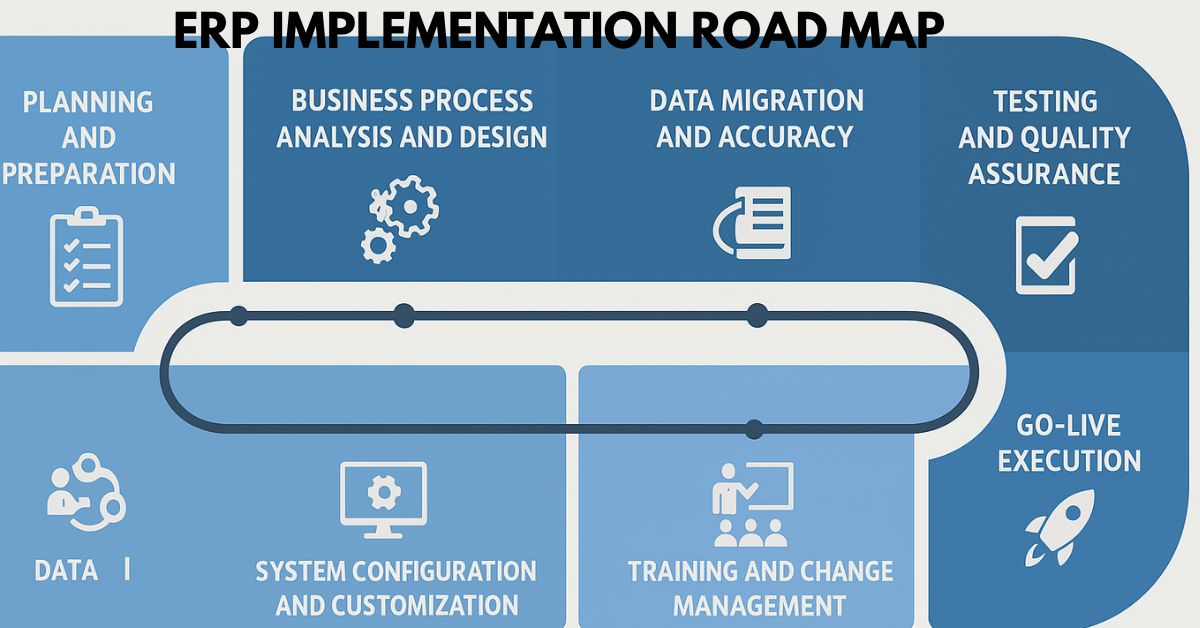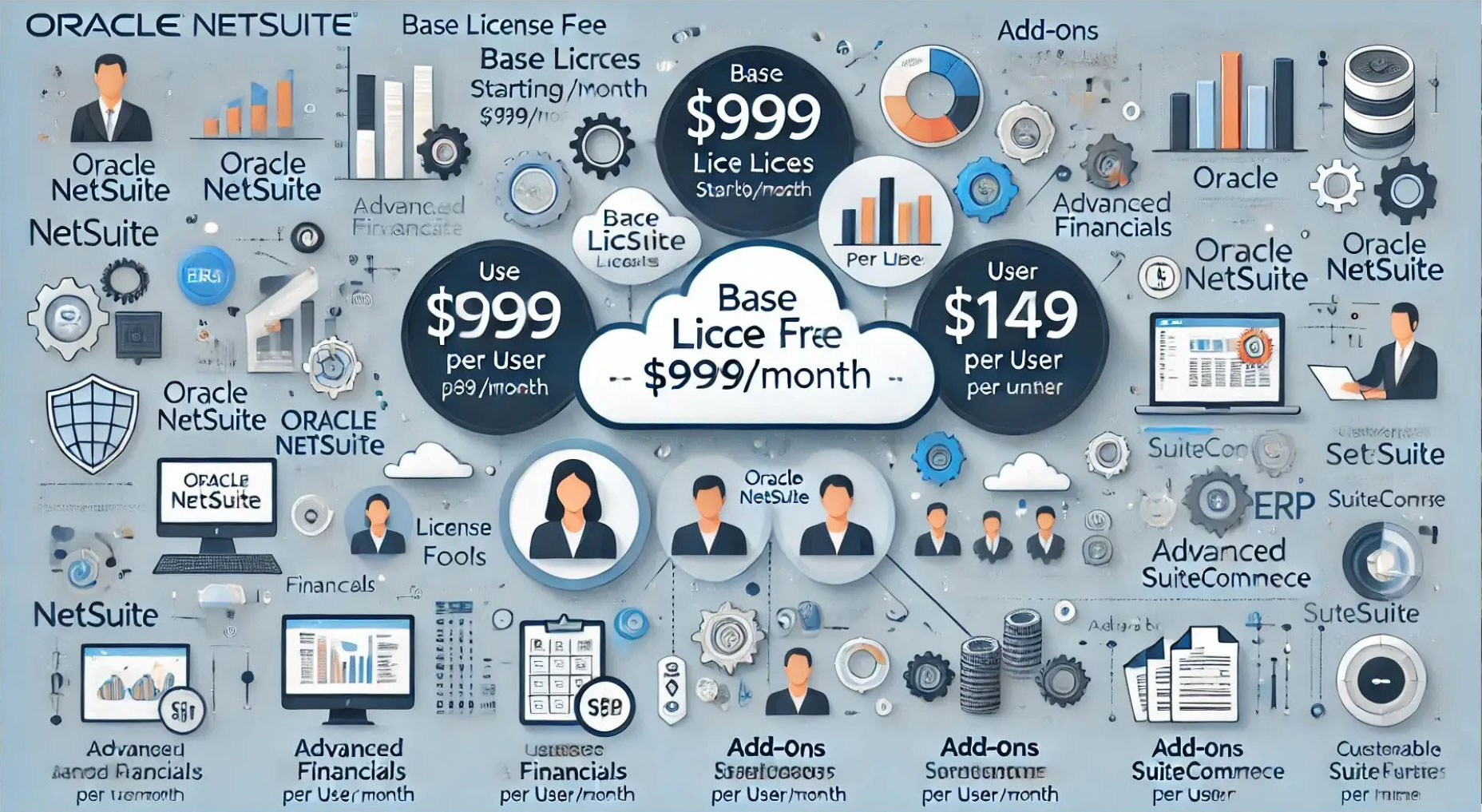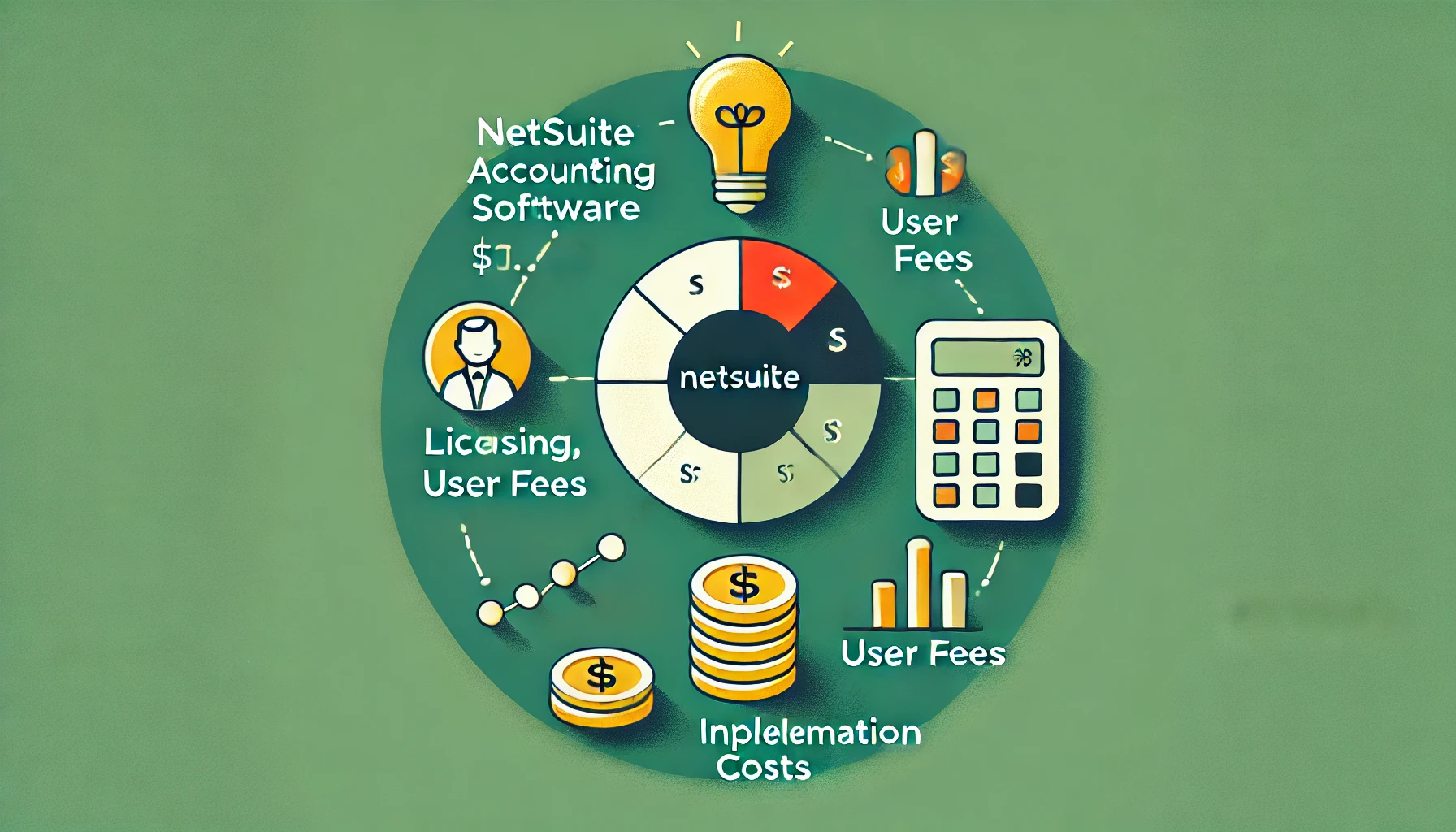Implementing an Enterprise Resource Planning (ERP) system is one of the most significant initiatives an organization can undertake. The process requires more than software installation. It demands careful planning, phased execution, and strong user adoption strategies. Without structure, ERP projects often fail to deliver value or run into delays and cost overruns.
A well-defined ERP Implementation Roadmap provides organizations with clarity and direction. It breaks down the journey into structured phases, from initial planning through post-go-live support. In this blog, we will explore each phase of the roadmap, discuss the challenges, and highlight best practices for a successful ERP implementation.
Phase 1: Planning and Preparation
The planning stage lays the foundation for ERP success. Organizations that invest time in preparation experience fewer disruptions later.
1- Define clear objectives: Establish business goals, whether streamlining operations, reducing costs, or improving compliance.
2- Build the project team: Include stakeholders from finance, IT, operations, and leadership to ensure alignment.
3- Select the right ERP solution: Evaluate ERP platforms that match organizational requirements, scalability, and industry needs.
4- Develop a project plan: Create a timeline with milestones, responsibilities, and risk mitigation strategies.
Phase 2: Business Process Analysis and Design
An ERP should support optimized workflows, not replicate inefficient ones. This phase focuses on aligning the system with business processes.
1- Map current processes: Document how existing workflows operate across departments.
2- Identify gaps and inefficiencies: Highlight bottlenecks and areas where automation can drive improvements.
3- Design future-state workflows: Create optimized processes that align with the ERP’s functionality.
4- Validate with stakeholders: Ensure leadership and end-users agree on the redesigned processes.

Phase 3: System Configuration and Customization
Once the design is finalized, the ERP system is configured to match organizational requirements.
1- Configure core modules: Set up finance, HR, supply chain, or industry-specific modules.
2- Customize where necessary: Tailor workflows or scripts only if standard functionality does not meet requirements.
3- Integrate with other systems: Connect ERP with CRM, payroll, or legacy tools to ensure seamless data flow.
4- Document configurations: Keep records for training, audits, and future reference.
Phase 4: Data Migration and Accuracy
Data migration is often one of the most challenging phases of the ERP Implementation Roadmap. Poorly handled migration can undermine the entire project.
1- Audit existing data: Cleanse duplicate, outdated, or inaccurate records before migration.
2- Define data ownership: Assign responsibility for data accuracy to relevant departments.
3- Migrate in stages: Move data in phases and validate accuracy at each step.
4- Perform data validation: Test migrated data thoroughly to ensure accuracy and completeness.
Phase 5: Testing and Quality Assurance
Comprehensive testing ensures the system performs correctly before it goes live.
1- Unit testing: Validate individual functions and modules within the ERP.
2- Integration testing: Confirm workflows between modules and third-party systems work seamlessly.
3- User acceptance testing (UAT): Involve end-users to ensure the system meets business needs.
4- Simulate real-world scenarios: Test month-end close, purchase orders, or inventory updates under actual conditions.
Phase 6: Training and Change Management
ERP adoption depends heavily on user confidence and acceptance. Training and change management bridge the gap between technology and people.
1- Develop training programs: Provide role-based training tailored to user responsibilities.
2- Offer multiple formats: Use workshops, e-learning, and hands-on sandbox practice.
3- Communicate benefits: Explain how the ERP will simplify tasks and reduce workload.
4- Manage resistance: Address concerns proactively through open communication.
Phase 7: Go-Live Execution
The go-live stage brings the ERP system into production. Success requires careful coordination and support.
1- Set a realistic timeline: Avoid peak operational periods to minimize business disruption.
2- Deploy in phases if possible: Rolling out modules gradually can reduce risk.
3- Ensure support readiness: Provide IT teams and helpdesks to resolve issues quickly.
4- Monitor performance closely: Track system response, data accuracy, and user feedback in the first weeks.
Phase 8: Post-Go-Live Support and Continuous Improvement
ERP implementation does not end at go-live. Continuous monitoring and improvements ensure long-term success.
1- Provide hypercare support: Offer dedicated assistance in the immediate weeks after go-live.
2- Collect user feedback: Gather insights from employees to identify challenges and training needs.
3- Refine workflows: Adjust processes to improve efficiency and leverage new ERP capabilities.
4- Plan for upgrades: Stay prepared for ERP vendor updates, patches, and enhancements.
Organizations that adopt a structured roadmap experience measurable advantages.
1- Improved project success rates: A roadmap reduces risks of delays and cost overruns.
2- Better user adoption: Structured training and change management drive higher engagement.
3- Stronger compliance: Proper configuration and documentation help meet audit and regulatory needs.
4- Long-term scalability: A roadmap ensures the ERP system grows with the organization.
Conclusion
ERP implementation is not a single event but a structured journey. A clear ERP Implementation Roadmap guides organizations through each critical phase, from planning and process design to post-go-live support. By focusing on preparation, data accuracy, testing, training, and continuous improvement, businesses can reduce risks and unlock the full value of their ERP investment.
For organizations looking to drive efficiency, scalability, and compliance, the roadmap is not optional. It is the foundation for ERP success. Companies that follow this structured path will experience smoother rollouts, stronger adoption, and long-term operational gains.




